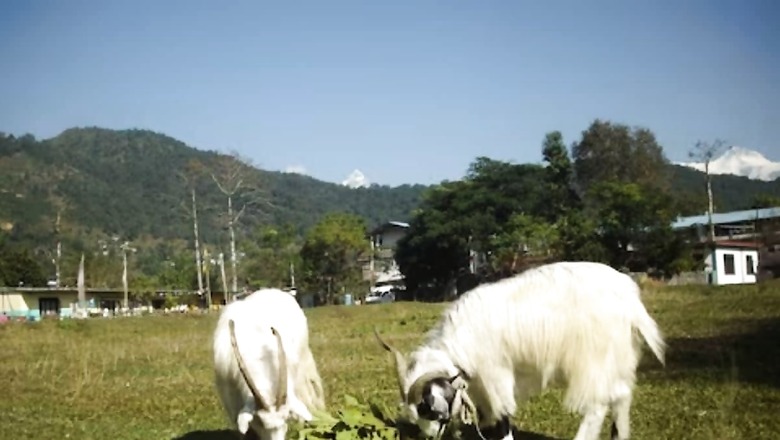
views
The 21st century represents a new and dynamic period in world history in terms of the conduct of science and technological developments. Globalisation has played a major role in the use of technology and scientific knowledge across borders. China has always been at the forefront of making scientific advancements and inventing new techniques to make life easier. Recently, China has once again achieved a major scientific achievement. They have claimed that their technology has been successful in cloning Tibetan goats for the first time. It has been reported that the same technology was used to make the world’s first cloned sheep.
According to reports, scientists in China have used somatic Cell Cloning Techniques to transfer the nucleus of an adult goat cell into a new egg cell. After this, this egg was inserted into the womb of a surrogate mother, who gave birth to a goat child that did not have any of its DNA. In a video released by China’s government news channel, China Central Television, the technique has successfully produced a goat. The first kid was 7.4 pounds and was healthy.
It was also reported that there was another kid, but there has been no mention of the details. It was also found that the goats were cloned from a large male goat that was selected for breeding. Chinese scientists have been successful in preserving special types of genetic material from the goat population, which is a difficult task for goat farmers.
Through this process of Somatic Cell Cloning Technique, the entire genetic information can be cloned and copied. The main objective of the Chinese government is to increase and better utilise genetic resources so that the income of local farmers can increase and the local animal husbandry industry can also develop. The team has cloned goats so that they can produce large quantities of wool. These males that have been made using this technique will produce the best quality wool.
Earlier, a sheep named Dolly was created in Scotland by cloning using the same technique. It is said that this technique seems very easy, but it is very difficult to implement.















Comments
0 comment